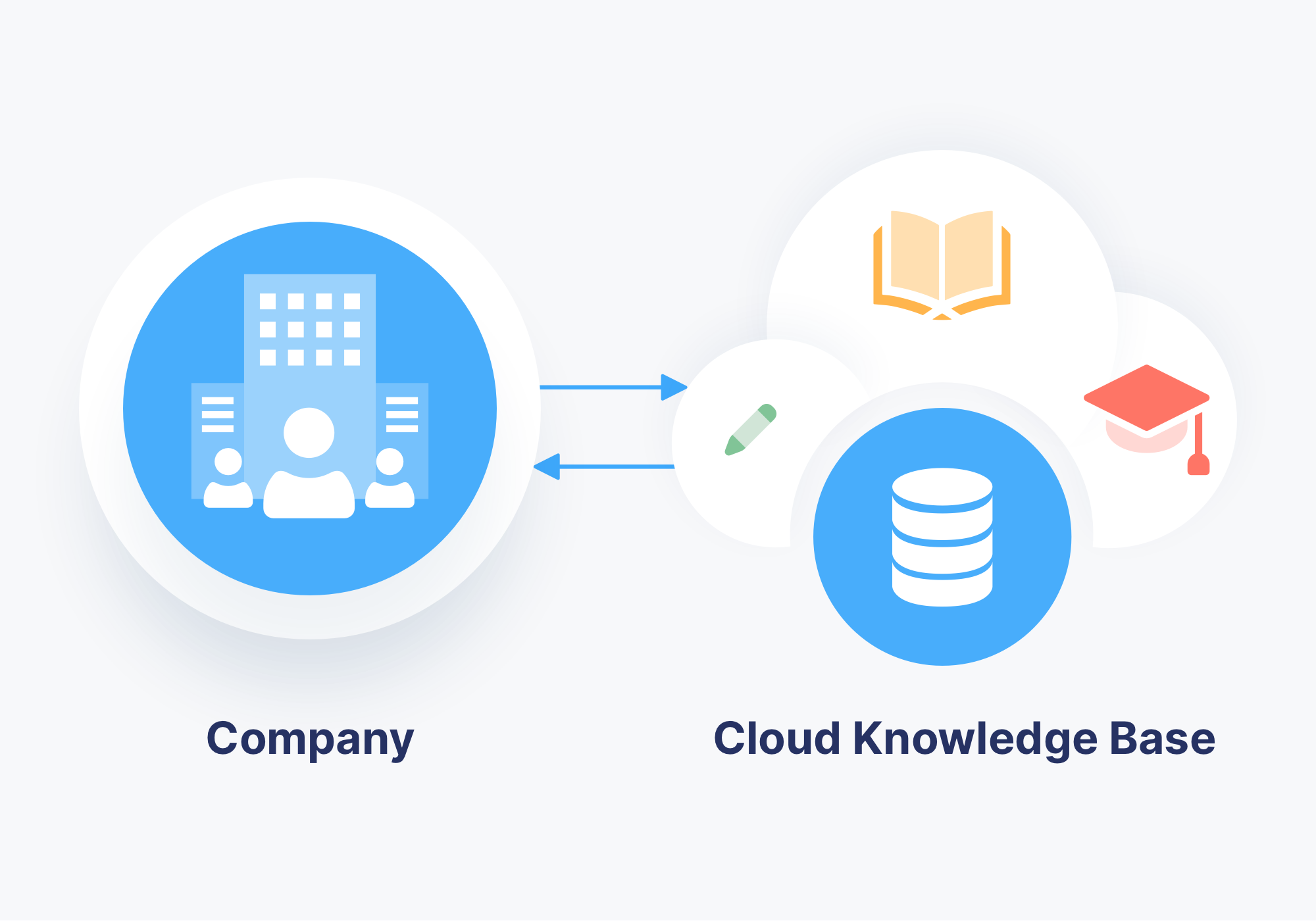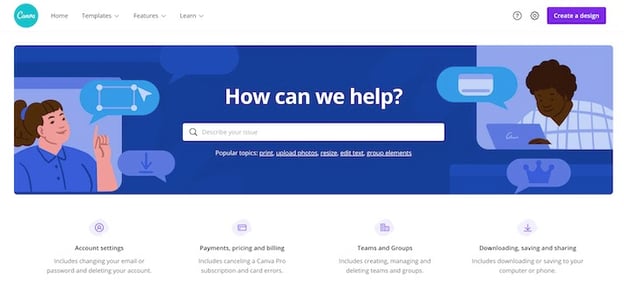3 Different Types of Knowledge Base Software
Where do you turn to when you have a question in life? For most, the answer is probably Google.
In fact, it’s been difficult for me as I’ve tried to avoid 2020 Tokyo Olympic spoilers. Whenever I watch an Olympic game that finished earlier in the day, I have to refrain from Googling questions, “How tall is Team USA’s middle blocker?” (Spoilers are the WORST, including accidental spoilers!)Now, what do you do when you have a question about how to do your job? Or if you have a question about how to use a product you purchased?
Googling is a reflex for finding information. When your company has a knowledge base, searching your knowledge base for answers can become that same reflex for your employees and/or customers.
With ScreenSteps — the knowledge base software company I write for — our customers use their knowledge base to provide just-in-time training to support employees in the moment they need aid. And that’s just one way you can use a knowledge base.
Depending on who you want to use your knowledge base and how you want them to use it, there are different types of knowledge bases available.
Below, I provide a brief explanation of what a knowledge base is. Then I dive into the three main types of knowledge bases, including who they are for and how they are used.
What is a knowledge base?

An online knowledge base is a one-stop-shop for all of your company’s help guides and resources. The cloud-based software serves as a digital library for storing, organizing, and sharing information.
Companies use a knowledge base to give individuals access to the information they need. Each knowledge base has different users. There are different knowledge bases to service employees, partners, customers, and other groups of people.
Many companies have hundreds of policies and procedures that they expect their employees to follow. However, they don’t have one location where users can find answers to their questions. A knowledge base provides that place by hosting all of the documentation for a company.
3 types of knowledge bases
While there are many different types of knowledge bases, they all settle into three different categories. The main types of knowledge bases are internal knowledge base, external knowledge base, and partner knowledge base.
When you are choosing what type of knowledge base to use for your company, you’ll want to ask yourself these questions:
- Who will be using it?
- What is the purpose of the knowledge base?
- What information would the audience need to find in this knowledge base?
- Billing
- Ordering
- Shipping
- Recalls
- Store locations
- Office hours
- Troubleshooting
- Requesting further help
1. Internal Knowledge Base
An internal knowledge base is used strictly to provide employees within an organization with the confidential information they need to do their jobs. Only employees directly working for your company can access this knowledge base.
It is used to share private, internal information that helps your employees complete policies, procedures, and processes.
You can use an internal knowledge base company-wide and in many different departments. Some of the departments that could use an internal knowledge base include:
- Human Resources
- IT
- Call center
- Accounting Department
- Marketing Department
- Sales Department
- Training team
- And more
If you want only parts of policies and procedures accessible to specific departments, some internal knowledge bases offer permissions settings. These settings allow you to grant and restrict access to different articles and information within your company’s knowledge base.
2. External Knowledge Base (Customer Support Knowledge Base)
On the other hand, an external knowledge base is meant to support people outside of your company. Another name for the external knowledge base is “customer support knowledge base.” That is because an external knowledge base serves your company’s customers.
An external knowledge base is a self-service option for your customer to find answers. It’s an advanced form of the FAQs section on a site. Before reaching out to customer support, customers can search for answers on their own.
The idea is they can resolve the issue without needing to call or message your company for further help, lessening the workload on your customer service team.
Your customers use an external knowledge base to search for answers to their questions.
So, what type of questions can your customers find answers to in an external knowledge base? Some of the self-service options include:
The format for these customer service knowledge bases can vary. Sometimes they work as interactive question-and-answer series where the customer answers questions and the answers lead to the next message, like Chatbots. Often, the knowledge base works as a search engine specific to the company.
For example, the design software, Canva, uses an external knowledge base that helps support customers by searching its system for answers. It excludes information on the web to have a more focused and direct line to the answers customers are seeking.

3. Partner Knowledge Base
A partner knowledge base keeps access to your knowledge base limited to a trusted circle, except that trusted circle expands to include company partners.
Your employees and company partners have access to this knowledge base. This knowledge base allows you to provide limits on what type of access each group has.
For example, say that your company has hired a Business Process Outsourcer (BPO) to outsource your call center. You need to provide your BPO agents access to information so that they can answer your customers’ questions. However, you don’t want them to have access to private policy or expense information.
A partner knowledge base allows you to grant your BPO agents access to parts of your information while keeping other documents private.
How to choose the right knowledge base for your company
There are many different types of knowledge bases out there that provide different features and serve different audiences. Ultimately, the question is: What type of knowledge base does your company need?
At ScreenSteps, we have a permissions management system that allows you to serve different audiences. Most companies use our knowledge base for one audience (either employees, employees + partners, or customers.
However, you can choose to set permissions (or set up multiple knowledge bases) so that you can restrict access to confidential information from different audiences.
Most importantly, ScreenSteps gives you a one-stop-shop that is easy to create articles and simple for employees, customers, and partners to find and follow them.
Need help choosing a knowledge base for your company? If you don't know where to get started, read this article on 5 Tips For Choosing the Best Knowledge Base Software. You'll learn how to approach researching and choosing a knowledge base.



